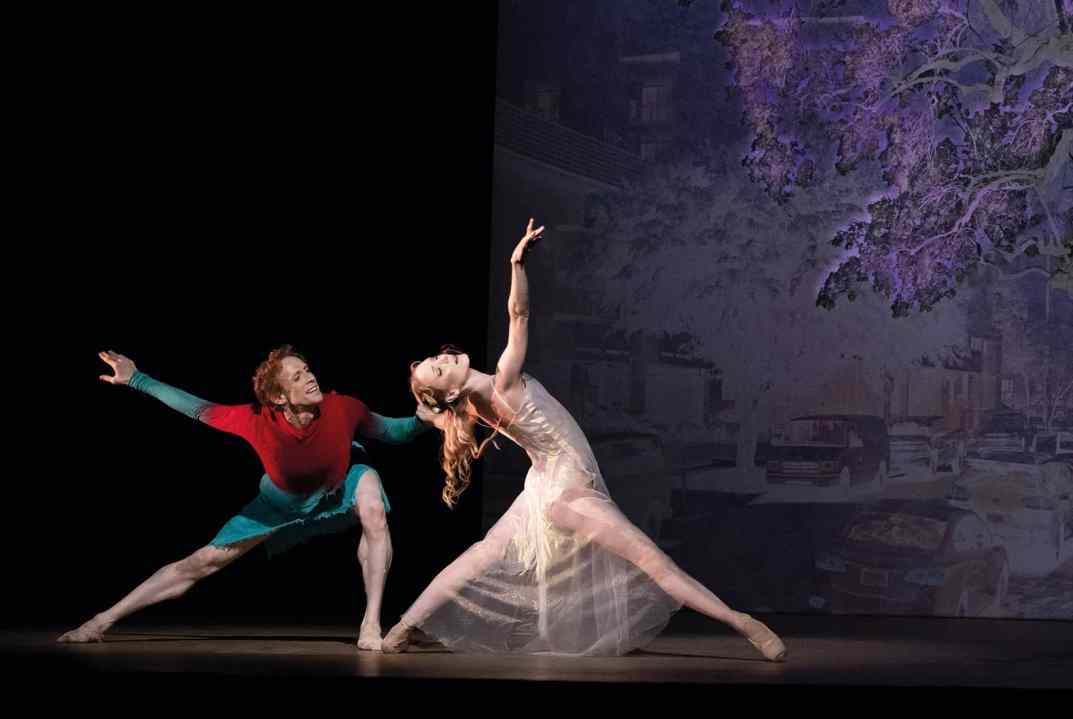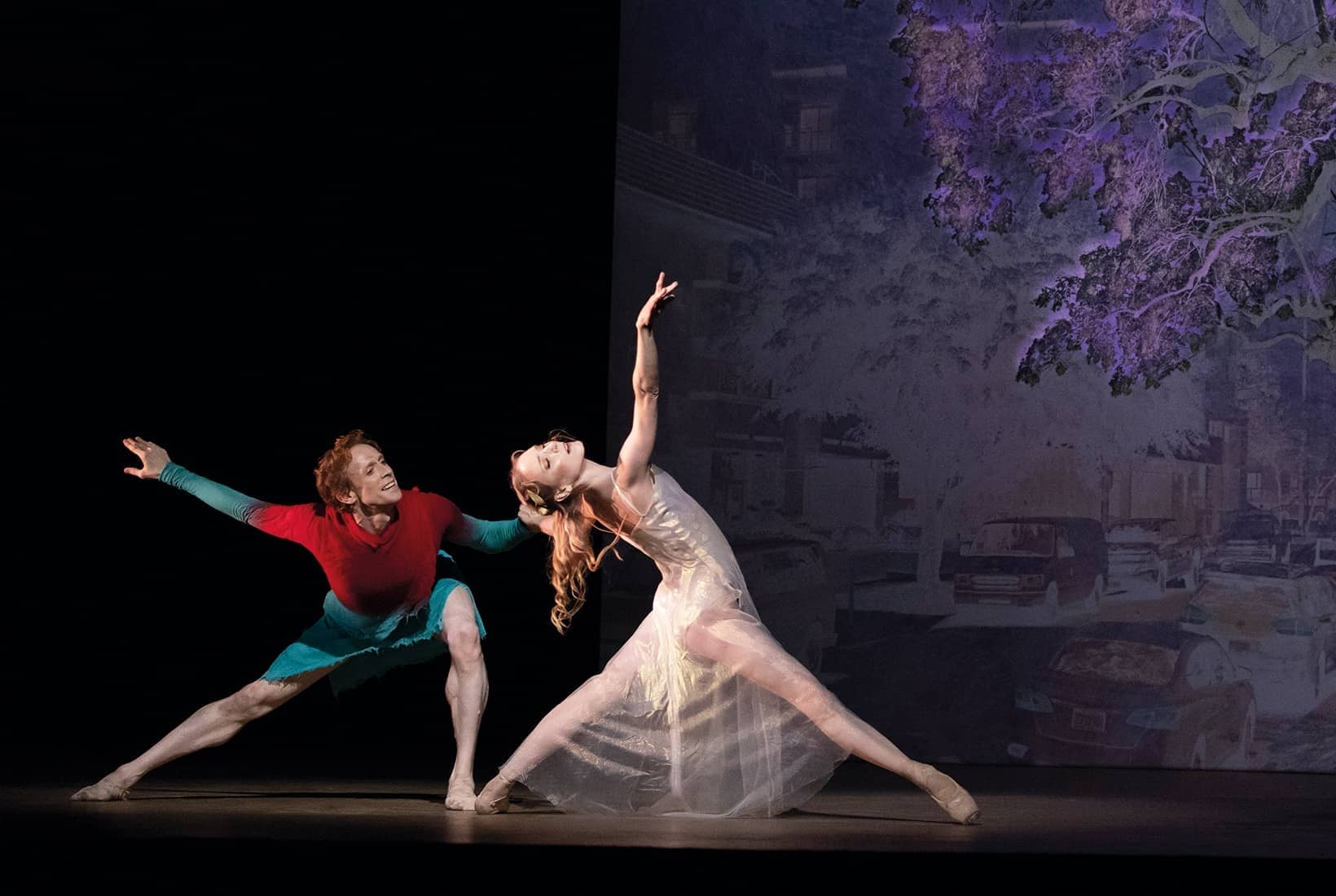Where does the artist end and their work begin? Like 2015’s Woolf Works, Wayne McGregor’s new ballet swirls creator and creation to meditate on a journey of self-realisation. The subject this time is Dante, the Italian poet who redirected the course of western art and literature with The Divine Comedy. Over three acts, each based on a realm of the afterlife, an Everyman navigates sin, penance and salvation. There’s a lot to unpack — as ever, McGregor crafts a rich, layered choreographic language, and Thomas Adès’s accompanying score is just as intricate — but density is The Dante Project’s forte, elevating it to cosmic heights.
The stellar Edward Watson — soon retiring after 20-plus years at the Royal Ballet — is our Dante, putting his spidery limbs to work in a pithy role that takes in furious thrusts and blunt, prickly extensions. Trekking the netherworld, resolve etched on his face, he’s virtuosic as ever. He’s supported by his guide Virgil (Gary Avis) and a sleek ensemble that tackles the knotty choreography with élan.
Beatrice retreats into the fog, and Dante is left to sojourn alone in the eternal light
The first act splits the troupe across different circles of the underworld. Marcelino Sambé shines as a prowling, spiky Ferryman, while Matthew Ball and Francesca Hayward mesmerise in a lurching duet dedicated to illicit lovers, fixed in each other’s slipstream even as it derails them. The phrasing in this act is possibly too demanding at times — there are moments when the group skitters to ping into place in time with the percussion — but their verve supersedes any slip-ups, especially the oom-pah-pah of the final scene, a dozen thieves sprinting through plumes of smoke, cymbals crashing as Satan — a glowing Fumi Kaneko — descends.
After an hour our rocky inferno (styled as a striking chalk illustration by Tacita Dean) gives way to Purgatory, a waiting room where penitents self-flagellate to croaky, monastic intonations.








Comments
Join the debate for just £1 a month
Be part of the conversation with other Spectator readers by getting your first three months for £3.
UNLOCK ACCESS Just £1 a monthAlready a subscriber? Log in